
West Java Province
A Comprehensive Look at West Java Province

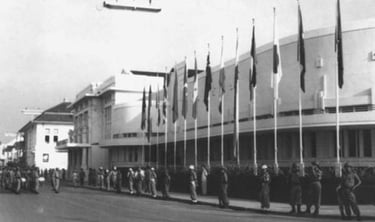
🏛️Capital City and Geographical Conditions
Capital City: Bandung. Often dubbed the "Paris of Java" during the colonial era, Bandung is known for its cool climate, creative atmosphere, and vibrant fashion and culinary scene.
Geographical Conditions: The province is dominated by its mountainous interior, which forms the eastern extension of the volcanic chain.
Highlands (Parahyangan): The central and southern parts consist of the high, fertile Parahyangan plateau, characterized by numerous active and dormant volcanoes (like Tangkuban Parahu) and expansive tea and vegetable plantations.
Coastline: A northern plain bordering the Java Sea, which is densely populated and industrialized, and a less-developed southern coast facing the Indian Ocean.
Climate: Tropical monsoon climate, but the altitude of the highlands results in significantly cooler temperatures than the lowlands.
📜History: Sundanese Kingdoms and Cultural Heart
West Java has been the heartland of the Sundanese people for centuries, tracing its history back to powerful ancient kingdoms.
Ancient Sundanese Kingdoms: The region was home to prominent Hindu-Buddhist kingdoms, notably the Sunda Kingdom and the Pajajaran Kingdom (until the 16th century), which maintained political and cultural dominance over West Java.
Colonial Era: After the fall of the kingdoms, the region was gradually absorbed by the Dutch East India Company (VOC). Bandung grew into a strategically important administrative and military center, attracting European settlers and leading to the city's distinctive colonial architecture.
Post-Independence: West Java has remained a crucial center for agriculture, industry, and education (with Bandung hosting many leading universities).
👥Demographics and Customs
Population: West Java is Indonesia's most populous province, with approximately 50 million people.
Ethnic Groups:
Sundanese: The dominant and indigenous ethnic group, renowned for their gentle demeanor, high artistic culture, and adherence to Adat (customary law).
Javanese: Significant communities exist, particularly in the border regions with Central Java.
Betawi: Found primarily in the border areas closer to Jakarta.
Customs (Adat): Sundanese culture places high value on politeness, harmony, and adherence to the principles of silih asih (mutual compassion). The traditional social structure emphasizes respect for nature and elders. Traditional ceremonies, especially weddings, are elaborate and feature distinct Sundanese attire and music.
🎨Culture and Traditional Arts
Sundanese culture is distinguished by its sophisticated musicality and performance arts, which often reflect the natural environment.
Sunda Music: The music is known for its serene, gentle, and melodic qualities, often featuring bamboo instruments.
Angklung: A traditional musical instrument made of two bamboo tubes attached to a bamboo frame, shaken to produce a single note. Playing a melody requires a group of players, symbolizing communal cooperation.
Kecapi Suling: A sublime instrumental ensemble featuring the kecapi (zither or harp) and the suling (bamboo flute).
Wayang Golek: A traditional wooden puppet theater, distinct from the flat leather puppets (Wayang Kulit) of Central Java, used to tell historical epics and moral tales.
Pencak Silat: Traditional Sundanese martial arts are widely practiced.
🍲Distinctive Traditional Cuisine
Sundanese cuisine is famous throughout Indonesia for its freshness, simple flavors, and abundance of raw vegetables (lalapan), often eaten with rice and spicy sambal.
Nasi Timbel: Steamed rice that is compacted and wrapped tightly in a banana leaf, giving it a unique aroma. It is typically served with lalapan (raw vegetables), sambal, fried chicken, and tempeh/tofu.
Sate Maranggi: Originating from Purwakarta/Cianjur, this is a distinctive style of beef or goat satay. The meat is marinated intensely in sweet soy sauce and spices (often including ground ginger and vinegar) before grilling, and is usually eaten without a separate peanut sauce.
Karedok: A fresh vegetable salad, similar to Gado-Gado, but the vegetables are served raw (like cucumber, cabbage, long beans, and bean sprouts). It is dressed with a thick, savory peanut sauce seasoned with aromatic ginger (kencur).
Seblak: A modern but extremely popular street food. It is made from wet kerupuk (crackers) that are boiled and stir-fried with eggs, vegetables, and other protein sources, famous for its intensely spicy and savory flavor, often including cikur (aromatic ginger).
🗺️Famous Tourist Attractions
West Java offers diverse attractions ranging from volcanoes to beach resorts.
Tangkuban Parahu: A highly accessible stratovolcano near Bandung, famous for its large, distinctive crater that visitors can walk around and view.
Kawah Putih (White Crater): A stunning acidic crater lake near Ciwidey, South Bandung, known for its striking turquoise color and ethereal volcanic landscape.
Bogor Botanical Gardens (Kebun Raya Bogor): A massive, historical botanical garden near Jakarta, established during the Dutch colonial era, serving as a center for research and popular tourism.
Pangandaran Beach: A popular destination on the southern coast, known for its black sand beaches, strong waves suitable for surfing, and nearby natural attractions like the Green Canyon.
Bandung's Gedung Sate: The iconic colonial-era governmental building, famous for its unique architecture and its spire topped with a satay ornament.
✈️Transportation Infrastructure
West Java has one of the most developed transportation networks in Indonesia, crucial for linking Jakarta to Java's interior.
Airports (Bandar Udara):
Kertajati International Airport (KJT): Located in Majalengka, serving as a major alternative and international gateway for the western Java region, designed to relieve pressure on Jakarta's airport.
Husein Sastranegara International Airport (BDO): Located in Bandung, serving domestic flights, especially to Sumatra, and previously handling some regional international flights.
Railroad (Stasiun Kereta Api):
West Java is crisscrossed by an extensive and historically significant railway network. Bandung Station is a major hub.
The KRL Commuterline electric rail network extends deep into West Java (e.g., Bogor, Bekasi, Cikarang), forming a vital transport link with Jakarta.
The Jakarta-Bandung High-Speed Railway (Whoosh) is a new, crucial service connecting the two cities rapidly.
Port (Pelabuhan):
Cirebon Port: A major commercial port on the northern coast, primarily handling bulk cargo like coal and cement.
Patimban International Port: A newly developed mega-port aimed at significantly boosting container and automotive cargo traffic to alleviate congestion at Jakarta's Tanjung Priok.
West Java, the land of the resilient Sundanese people, offers a tapestry of natural beauty and profound cultural artistry. It is a province where the sweet, soulful music of the Kecapi Suling echoes through the misty tea plantations and where historical kingdoms meet modern industrial innovation. From the cool, creative vibrancy of Bandung to the stunning volcanic landscapes of Tangkuban Parahu, West Java is a dynamic and essential heartland of Indonesian tradition and progress, inviting all to experience its unique hospitality.
West Java Province (Jawa Barat): The Land of the Sundanese People
West Java is one of Indonesia's most populous and culturally vibrant provinces, known for its cool, volcanic highlands, lush tea plantations, and the distinct, highly esteemed culture of the Sundanese people. Located directly bordering the capital Jakarta, West Java plays a pivotal role in the nation's economy and cultural landscape.
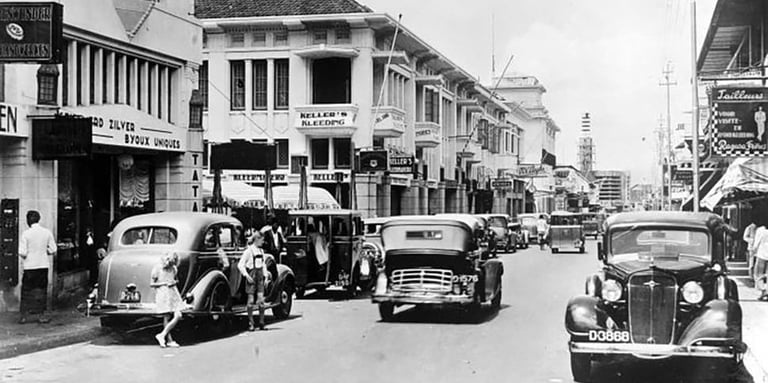


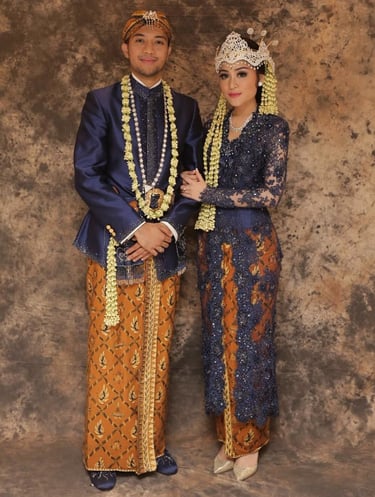
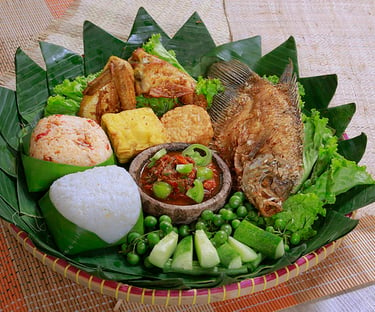

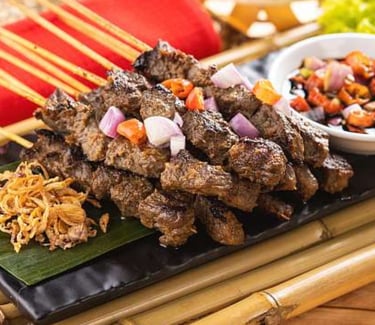

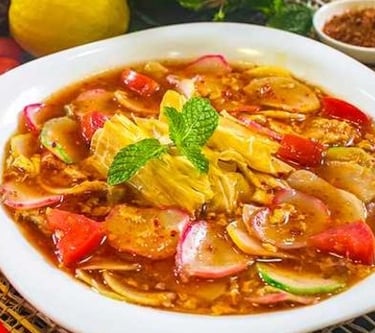

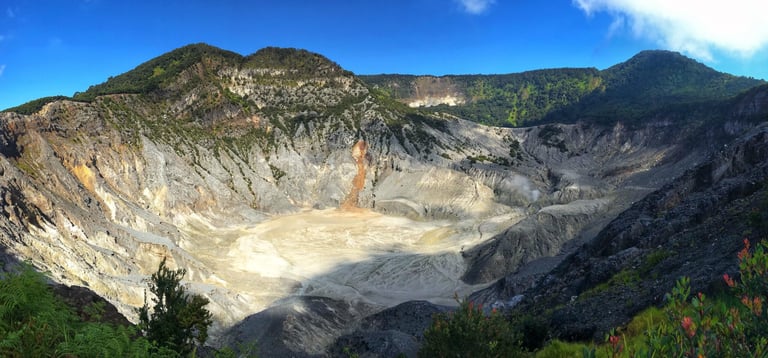


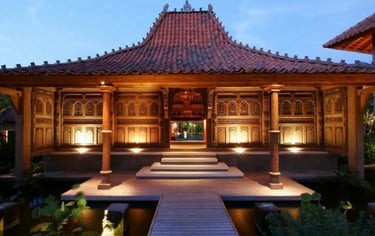


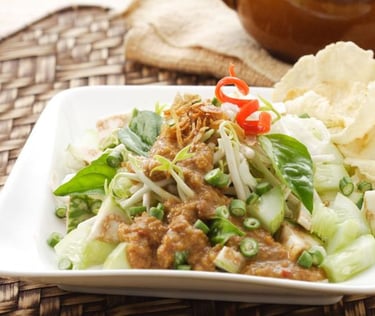

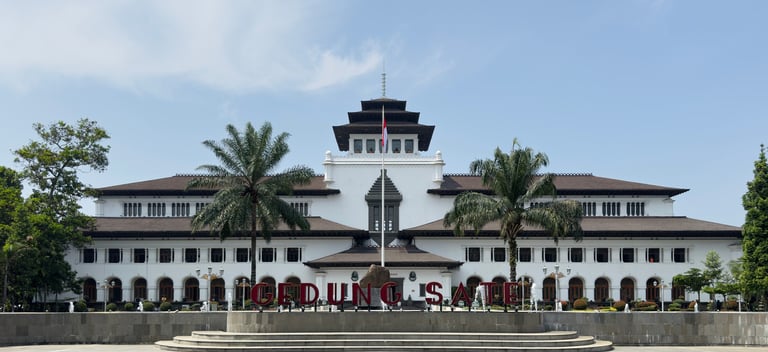




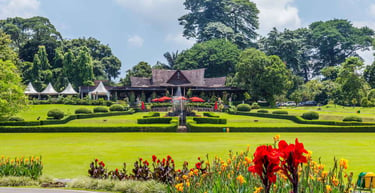
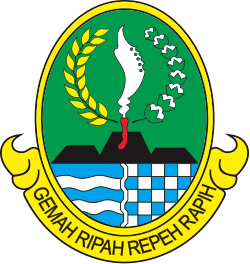


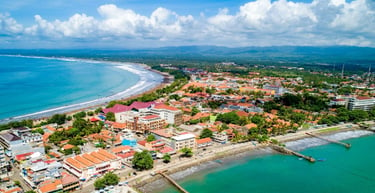
Follow us to explore Indonesia with expert travel guidance
©PT.Sinar Pesona Travelindo 2025. All rights reserved.
